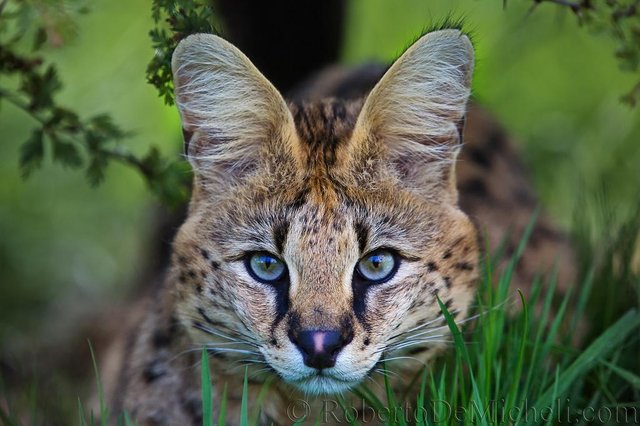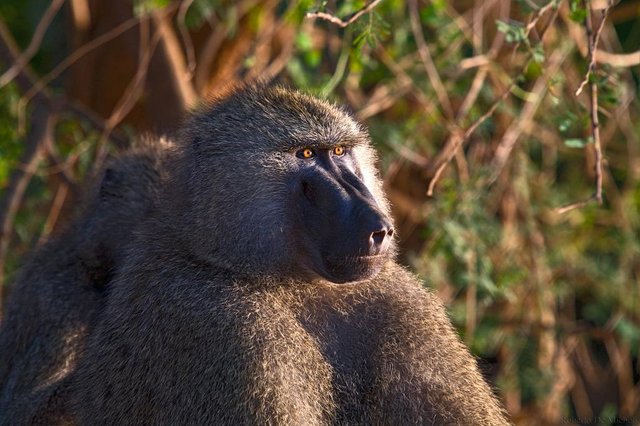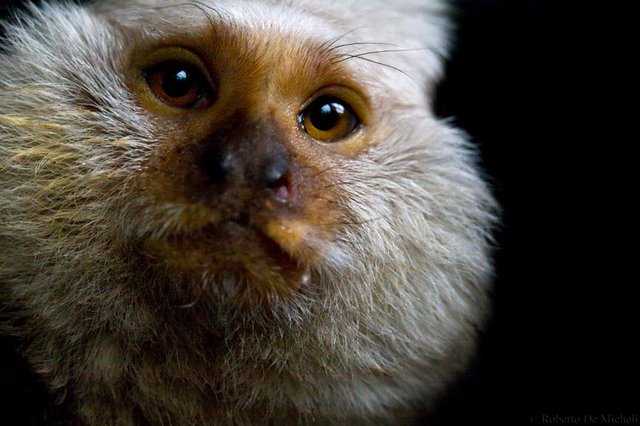Wildlife Photography 2/5
Now it's time for close ups...
The (obvious again) idea is to frame the face of an animal. This is essentially portrait photography. The type of animal should be clearly understandable.
Depending on the size of the subject, you may need either to get very close and personal, possibly using a macro lens for very small critters, or you can be farther away with a telephoto lens (again depending on how shy or aggressive the subject is, or on other constraints, e.g. you cannot leave the safari vehicle you are travelling on).
There is one obvious advantage with this type of photography which is shared with the details one: you can usually disregard the surroundings if they are not desirable (e.g. shooting in a zoo or in urban settings). On the other hand, you usually want your subject to be awake and alert: as with human portraits, eyes and expression are important and can mean the difference between a mediocre and a great photo.
In some cases it can be useful to use flash to add a glint in the eye of the subject. This can be tricky since some animals' eyes (e.g. cats) tend to reflect light and give you what is called "demon" eye.
Some examples below:
Adult African male lion, Timbavati Reserve (Kruger Park, South Africa)

An observant African serval - I was inside the cage :)

A Chinese leopard coming out of a bush. While the framing is not as tight, the focus is on its face.

A young Sumatran tiger unhappy with me :)

Morning grooming for baboons in Kenya (Samburu Reserve)

A Geoffrey marmoset
